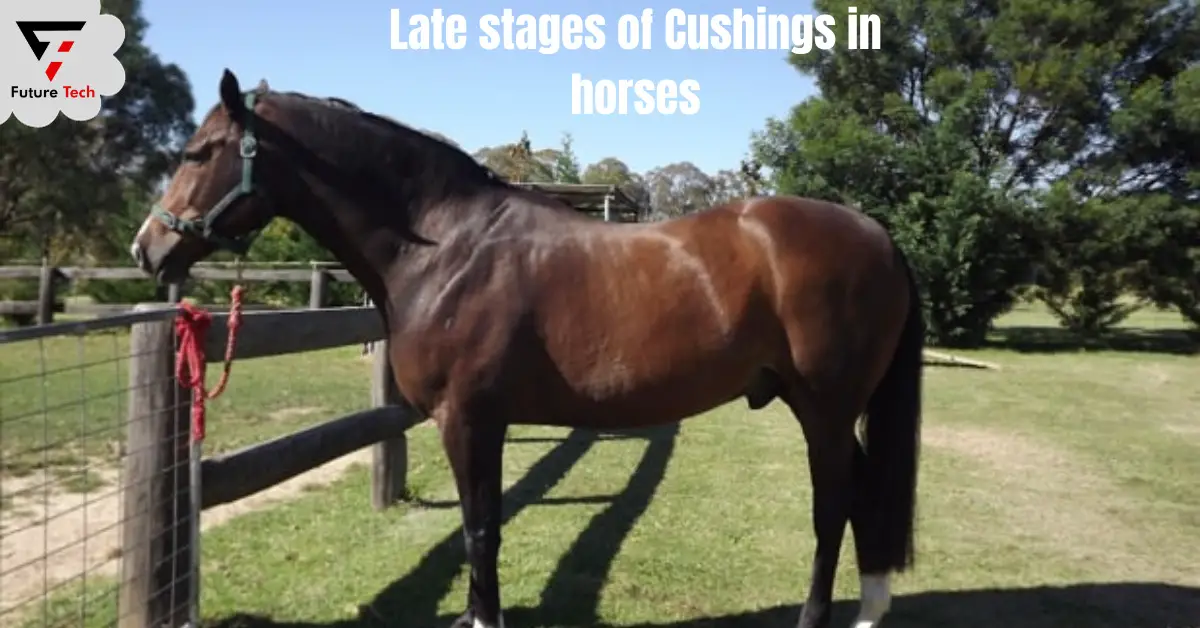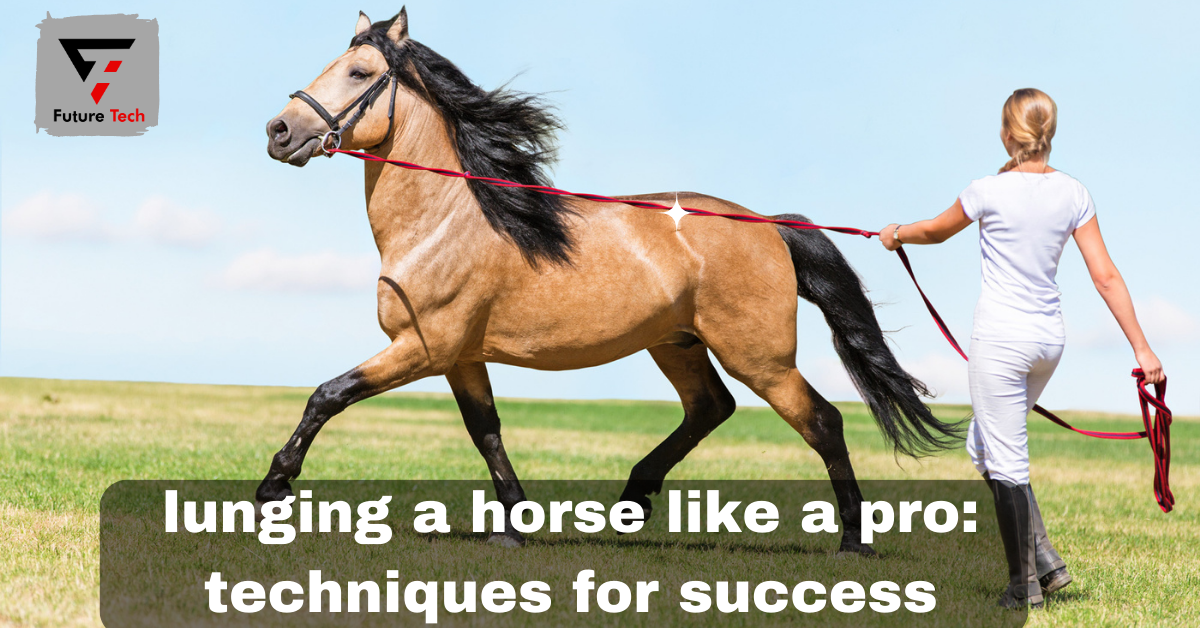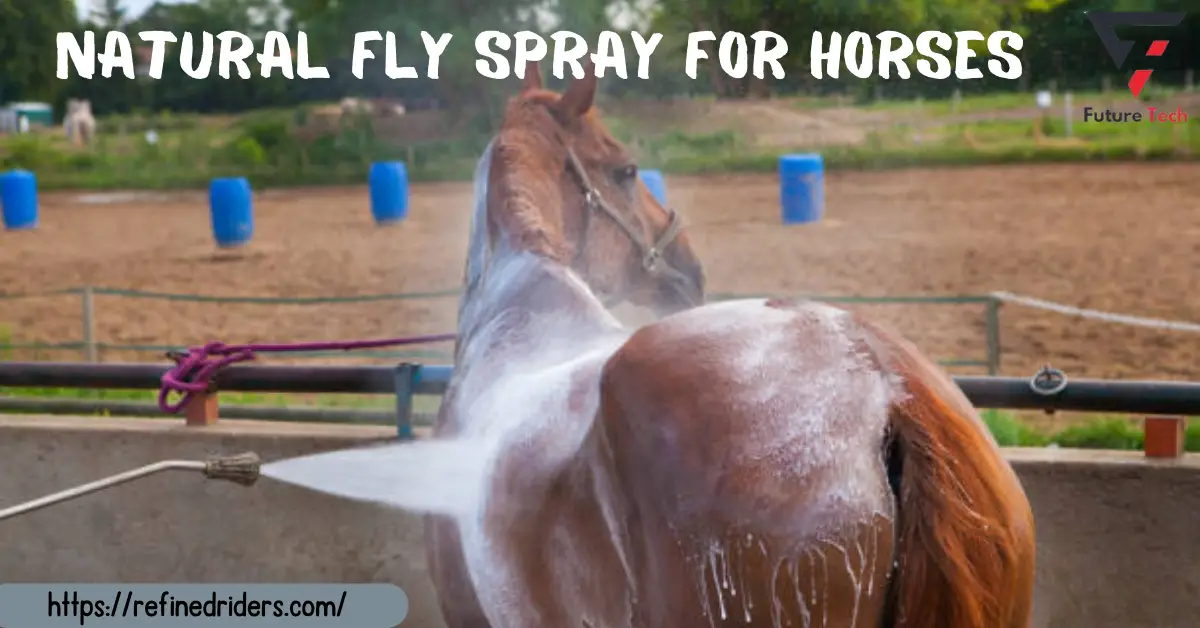Horse tripping, a controversial practice within the equestrian world, involves intentionally causing horses to trip or stumble for entertainment. Horse tripping is common in rodeo events, especially in some contests. It has prompted discussions about animal care and ethical issues. They sometimes have horses tethered around their legs during these activities, throwing them off balance and falling. While supporters contend that it displays equestrian abilities, others draw attention to the possibility of severe bodily and psychological harm to the animals.
The moral implications of horseback riding raise concerns about humanely treating horses in competition and leisure. This introduction explores the controversial topic of horse tripping, looking at opposing viewpoints and illuminating the continuing discussion about handling horses humanely while participating in different equestrian activities.
Why does my horse constantly trip?
There are numerous causes for your horse to be stumbling or tripping, including:
- Tripping can result from several bone and joint disorders (together with other symptoms). There are also a few neurological disorders that could be the cause. Later on, we will discuss these in more detail.
- The proverb “no foot, no horse” is still relevant today. Your horse may trip or fall as a result of foot issues. Your horse needs more extended and balanced feet if he stumbles a lot when it has time to trim or shod him. Getting more frequent care from your farrier might help to resolve the issue.
- Your horse’s muscles and joints might be unable to handle the demands of exercise if he is unfit or at least not fit enough for the tasks you are asking of him. It will make you weak and unsteady. Children still need to develop the muscle power and endurance required for riding exercise and may find this especially pertinent.
- Problems with the fit of your tack, like a pinching saddle, can make your horse uncomfortable and limit his range of motion.
- Sometimes, your horse needs to pay more attention, which results in tripping. The events surrounding may be drawing attention. Or tired of the same old-school routine! Switching up the scenery or using attention-grabbing maneuvers like half-halts could help in these situations.
How do I investigate why my horse is tripping?
First, it makes sense to consider the typical time of the tripping. Is your horse exhausted after a lengthy hack or schooling session? Is it when his shoe replacement is due? Or does it occur at any moment? It’s important to note the location as well. Does it appear in the field or just when he is riding? Does it happen on smooth or rough surfaces, an incline or decline, or uneven ground?
After reading the preceding, your best action is to make an appointment with your veterinarian. They’ll talk about when and how the tripping occurs. After that, they can examine your horse both flat and, ideally, in an undersaddle position to check for lameness or other discomfort indicators. Even though it might not always be apparent to the rider, lameness can bother the horse and alter his pace. The veterinarian will assess for lameness. And if discovered, we can look into this more thoroughly to identify the issue. It frequently calls for methods like radiography (x-rays) and ultrasound scans, as well as local anesthesia (sometimes known as “nerve blocks”), to pinpoint the exact location of the lameness.
What else may represent the reason?
- Distractions are the main reason horses trip and fall occasionally, just like people can miss one step on a flight of stairs or trip over an uneven stretch of ground. But there are a few things that can make these mistakes worse.
- Young or unstable horses are likelier to trip than experienced horses because they have yet to learn how to stand up straight and need the strength and precision you’d expect from a racing horse. Also, if staying on tracks or outside the arena, they might need some help getting used to rough ground. It resembles how babies and little kids fall over more often than adults! They are still learning to recognize their bodies and coordinate their small muscles. They may need more time and a better balance to get over this.
- Working with a teacher on how to do it can help the horse learn to balance and become more body-aware. So can lunging, working with poles, and doing a lot of work on different surfaces (even just walking). Turnout in hilly areas can also help, especially if your horse is a competition horse that needs help with any less-than-perfect going.
- When riders lean too far forward or work their horses on the side, they may also notice that their horses trip more often than average.
- The goal is to get these horses to pull more weight behind them. Often, they are the same horses as above. But sometimes, a rider might be too tight on a strong horse’s reins, working the front end without engaging the back end or letting the horse get long and strung out. It makes the horse feel like they’re going down a hill because it shifts their center of balance forward and puts more weight on their shoulders.
In what medical situations can tripping happen?
Navicular syndrome is an example of a disease that can make you trip. This word refers to any problem in the back of your horse’s feet that hurts the bones, joints, or soft tissues. Some breeds and the front feet are more likely to have it. If your vet finds that your horse has navicular syndrome, there are different ways that they and your farrier can treat it to make it feel better and make it easier for it to walk.
Other things that can hurt your horse’s limbs and joints and cause them to trip are arthritis and nerve injuries. Arthritis and other conditions that cause back or neck pain can also make your trip. Tripping or falling can be a sign of a neurological problem. One example is “wobbler syndrome” (cervical vertebrae stenotic myelopathy), a medical disease where the neck bones are too narrow and press on the spinal cord. It makes it hard to move and keep your balance in many ways. For young horses, it often shows up when they are riding. This situation usually means that a horse is unsafe to ride because there is too high of a chance that they will trip and hurt themselves or their rider.
How to Keep Horses from Stumbling
The best way to keep your horse from falling is to take good care of its feet. Regularly clean your horse’s feet and pay attention to anything that seems off. Trim your horse’s hooves often and get new shoes for them when they need them. Check how well your saddle fits, or talk to a saddle fitter to make your horse more comfortable.
If the person isn’t steady, the horse may trip more often. A good rider can help their horse balance when the ground isn’t level. You can help keep yourself from tripping and falling by getting in better shape and learning to ride. You can also keep your pet from falling by calling your vet when you notice problems with its walking. If you find and fix some health problems early on, they might not get worse.
Why do you have foot problems?
If you think your horse is tripping because of a foot problem, your vet may tell your shoemaker to check your horse’s foot balance. Your vet and farrier can work together to change how often you trim your horse. To give the blacksmith more information, your vet may need to take x-rays of the horse’s feet. When you shape or shoe a horse, remember that its feet grow slowly, so you should do things slowly at first. It may take a while before you can see the effects.
Checking your horse’s gear fit may not show any physical problems. If that’s the case, fitness may come into play. A teacher who teaches riding can give you tips on how to build muscle. Also, while riding, keep your horse’s mind “on the job.” So, if you are worried about your horse frequently tripping, you should call your vet immediately. It will be easy for them to figure out what’s wrong with you and your blacksmith.
Events Of Horse Tripping
Most people who care about horses often go after the second, seventh, and eighth events. What is happening here is what people in the U.S. call “horse tripping.” Cattlemen who compete, known as charros, get points for tripping horses and how fast they can do it. First, they let a horse out of a gate and often use an electric prod to shock the horse (sound familiar?). A group of charros waiting patiently push the horse into an entire run. The rival charro, who can be on horses or the ground, lassos the horse’s front or back legs, sending the animal flying to the ground. They like miniature, light horses because they are easy to bring down.
People who have seen charreadas say that the charros keep tripping the horses until they are lame or can’t run anymore. Horses get many significant injuries, such as broken legs and heads and damage to their spinal cords. When horses try to escape by jumping over walls or fences, they remain caught and return to the ring, where the crowd cheers. Numbers don’t exist for the number of horses used in charro rodeos. People don’t usually own them; instead, they rent them because they don’t usually last.
Conclusion:
In conclusion, horse-tripping is still controversial in equestrian sports and is often central to discussions about animal rights and moral issues. Making horses trip on purpose for fun is a common sight at rodeos, but some people are against it because it could hurt the horses’ minds and bodies. There are many reasons horses trip, such as health problems and issues with the rider. It shows how important it is to carefully check horses and be a responsible horseman. As the conversation continues, it’s essential to talk about the moral aspects of horse-tripping. It will help start a more considerable discussion about how to treat horses humanely in all kinds of horse activities.




